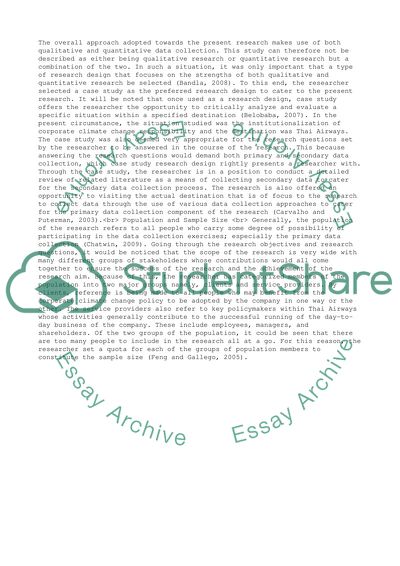Cite this document
(“ANALYSIS OF SUSTAINABLE VALUE WHEN UNDERTAKING CORPORATE CLIMATE Dissertation”, n.d.)
ANALYSIS OF SUSTAINABLE VALUE WHEN UNDERTAKING CORPORATE CLIMATE Dissertation. Retrieved from https://studentshare.org/business/1455730-analysis-of-sustainable-value-when-undertaking
ANALYSIS OF SUSTAINABLE VALUE WHEN UNDERTAKING CORPORATE CLIMATE Dissertation. Retrieved from https://studentshare.org/business/1455730-analysis-of-sustainable-value-when-undertaking
(ANALYSIS OF SUSTAINABLE VALUE WHEN UNDERTAKING CORPORATE CLIMATE Dissertation)
ANALYSIS OF SUSTAINABLE VALUE WHEN UNDERTAKING CORPORATE CLIMATE Dissertation. https://studentshare.org/business/1455730-analysis-of-sustainable-value-when-undertaking.
ANALYSIS OF SUSTAINABLE VALUE WHEN UNDERTAKING CORPORATE CLIMATE Dissertation. https://studentshare.org/business/1455730-analysis-of-sustainable-value-when-undertaking.
“ANALYSIS OF SUSTAINABLE VALUE WHEN UNDERTAKING CORPORATE CLIMATE Dissertation”, n.d. https://studentshare.org/business/1455730-analysis-of-sustainable-value-when-undertaking.


